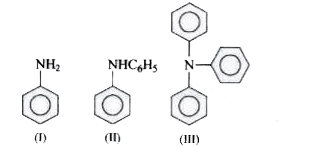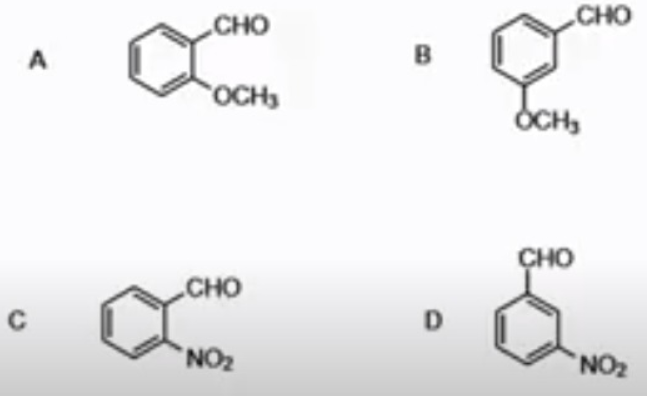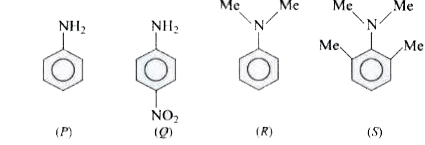Arrange the following polymers in an increasing order of intermolecular forces , fibre, plastic , elastomer .
Elastomer < Fibre < Plastic
Elastomer < Plastic < Fibre
Plastic < Elastomer < Fibore
Fibre < Elastomer < Plastic
The correct Answer is:B
To solve the problem of arranging the polymers (fiber, plastic, and elastomer) in increasing order of intermolecular forces, we can follow these steps:
Step 1: Understand the Types of Polymers
- Fiber: These are polymers that have strong intermolecular forces, primarily due to hydrogen bonding. This makes them strong and durable.
- Plastic: Plastics have moderate intermolecular forces. They can be made from various types of polymers, and their properties can vary widely, but generally, they have stronger forces than elastomers but weaker than fibers.
- Elastomer: These are polymers that exhibit elastic properties and have relatively weak intermolecular forces, primarily Van der Waals forces.
Step 2: Compare Intermolecular Forces
- Fiber: Strongest intermolecular forces due to hydrogen bonding.
- Plastic: Moderate intermolecular forces, stronger than elastomers but weaker than fibers.
- Elastomer: Weakest intermolecular forces due to Van der Waals interactions.
Step 3: Arrange in Increasing Order
Based on the strength of intermolecular forces:
1. Elastomer (weakest)
2. Plastic (moderate)
3. Fiber (strongest)
Final Arrangement
The increasing order of intermolecular forces is:
Elastomer < Plastic < Fiber
- Fiber: These are polymers that have strong intermolecular forces, primarily due to hydrogen bonding. This makes them strong and durable.
- Plastic: Plastics have moderate intermolecular forces. They can be made from various types of polymers, and their properties can vary widely, but generally, they have stronger forces than elastomers but weaker than fibers.
- Elastomer: These are polymers that exhibit elastic properties and have relatively weak intermolecular forces, primarily Van der Waals forces.
- Fiber: Strongest intermolecular forces due to hydrogen bonding.
- Plastic: Moderate intermolecular forces, stronger than elastomers but weaker than fibers.
- Elastomer: Weakest intermolecular forces due to Van der Waals interactions.
Based on the strength of intermolecular forces:
1. Elastomer (weakest)
2. Plastic (moderate)
3. Fiber (strongest)
The increasing order of intermolecular forces is:
Elastomer < Plastic < Fiber
Similar Questions
Arrange the following in increasing order of acidic strength

View Solution(i) What is the role of Sulphur in the vulcanization of rubber ?
(ii) Identify the monomers in the following polymer :

(ii) Arrange the following polymers in the increasing order of their intermolecular forces : Terylene, Polyethene, Neoprene.
View Solution
Knowledge Check
Arrange the following compounds in increasing order of acidity :
 AP>Q>R>SBS>Q>R>PCS>R>P>QDR>S>P>Q
AP>Q>R>SBS>Q>R>PCS>R>P>QDR>S>P>QArrange the following in increasing order of stability.
 AI<II<IIIBII<I<IIICI<III<IIDII<III<I
AI<II<IIIBII<I<IIICI<III<IIDII<III<IArrange the following in increasing order of basicity.
 AI<II<IIIBIII<I<IICIII<II<IDII<III<I
AI<II<IIIBIII<I<IICIII<II<IDII<III<I
Arrange the following in the increasing order of their acidity.

View SolutionArrange the following polymers in increasing order of their intermolecular forces :
(i) Nylon 6 6, Buna-S, Polythene.
(ii) Nylon 6, Neoprene, Polyvinyl chloride.
View SolutionArrange the following in increasing order of reaction with HCN

View SolutionArrange the following in increasing order of basicity :

View SolutionArrange the following compounds in increasing order of basicity :

View Solution
